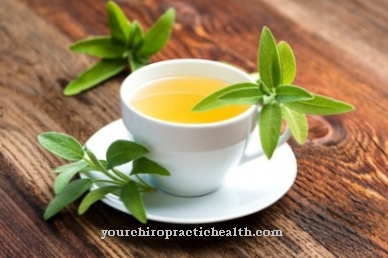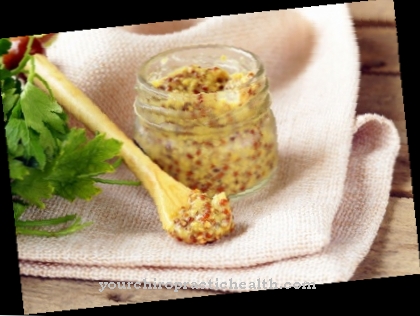True is a Wasp sting mostly harmless. The short-term unpleasant consequences of a wasp sting can often be alleviated or even avoided with known home remedies.
What helps against wasp stings?

First of all, a stung person should make sure that the sting is from a bee or a wasp. In contrast to bee stings, a wasp sting does not stay in the skin.
In the case of wasp stings, the affected area of skin should be cooled for one to two hours with a cooling pad, an ice cube wrapped in a cloth or with water, otherwise a ten centimeter region around the puncture usually swells. If there is a sting inside the mouth, ice cubes help to bridge the time until a doctor arrives. The cooling of the puncture site also causes the poison to spread more slowly, as blood vessels contract when it is cold. To avoid frostbite, however, cooling elements should not be placed directly on the skin.
People who are allergic to insect venom are advised to always have an emergency kit with them that contains antihistamines, which neutralize the effects of the body's own histamine and thus counteract tissue swelling. The emergency kit should also contain a cortisone preparation, a poison sucker, a suction pad and, in the event of shortness of breath, adrenaline (as a spray and in syringe form). As a preventive measure against wasp stings, avoiding jerky movements, which wasps interpret as attacks.
You should also refrain from blowing on a wasp, as the carbon dioxide contained in the breath can make the wasp aggressive. To prevent wasps from being attracted by leftover food, children should have their mouths wiped after eating. Close-fitting clothing will prevent wasps from getting caught.

Before drinking, it is important to make sure that there are no wasps in the drinking vessel.
Glasses should preferably be covered. Since the smell of sweat is attractive to wasps, you should shower immediately after exercising. To be on the safe side, shoes should be worn near fruit trees, flowers or lawns. In public facilities, special care is required in the vicinity of garbage cans and garbage baskets.
Quick help
The wasp venom can be destroyed by placing a rag with a temperature of at least 40 ° C on the skin and placing it on the puncture site for about 30 seconds. Avoid scratching the puncture site to prevent wound infection.
Disinfection of the fresh puncture site is recommended. The wasp venom should be pressed out of the wound, but not sucked out, so that it does not spread over the mucous membranes. Ideally, the wasp venom is removed with a suction pad. A small plastic syringe, the tip of which has been neatly detached, is also suitable for sucking off the wasp venom to prevent it from spreading in the body. In the case of wasp stings in the mouth, which can lead to rapid swelling of the mucous membranes and thus trigger the risk of suffocation, as well as wasp venom allergy, you should keep calm and call a doctor or an ambulance immediately.
A person affected by such a wasp sting should not drive a motor vehicle in order to avoid the risk of an accident. A doctor must also decide which hospital (e.g. for treating children) is suitable. If an allergic shock occurs, the allergic person must be laid flat on the floor. His legs are to be raised. If breathing has stopped, mouth-to-mouth resuscitation is required.
Alternative remedies
Against wasp stings, compresses with cold vinegar water or acetic clay help. Saliva attached to the puncture site should be able to neutralize wasp venom. Beekeepers often use warm salt water, which they dab on the skin with a cotton cloth.
The anti-inflammatory and soothing ingredients of the ribwort are applied to the puncture site after rubbing the leaves between the hands. Ribwort plantain grows on the edge of many hiking trails and can be recognized by its pointed and narrow leaves that stand together in rosette form near the ground. After a wasp sting, the globules "Apis mellifica" or "Vespa D6" are also used. A halved onion can be rubbed over the puncture site, which, if used immediately, leads to early pain relief and significant anti-inflammatory effects.
The onion application should be done for at least ten minutes. Citric acid dripped onto the puncture site also helps immediately. A lump of sugar moistened with saliva can also be placed on it, which draws the moisture out of the stab wound and thus inhibits swelling and pain. Citronella, an oil obtained from lemongrass and tea tree oil are suitable disinfectants after a wasp sting. Essential oil (such as citronella or cedar oil) applied to the skin will deter wasps.




























.jpg)